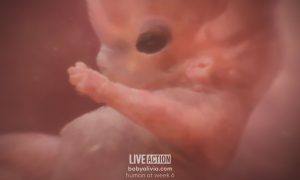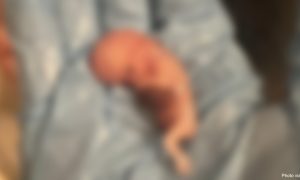(Them Before Us) It’s such a vivid memory.
One day, when I was about fourteen, I was riding in the car with my dad, and we were talking about ancestry. I was very curious about my roots. When I asked him what percentage Cherokee we were, he gave an odd response.
I said, “If you’re 1/16th Cherokee, I’m 1/32nd! Right?”
He replied, “I . . . am 1/16th Cherokee.”
The lack of confirmation of my own genetics left me uncomfortable, so I repeated my statement. Again, my dad refused to confirm my heritage.
My brother and sister-in-law call these flashbulb memories. They are times that stand out from our past, which are resurrected now because they distinctly reveal moments when we noticed something was “off” about our relationship to our dad. It’s not that he wasn’t a good man or didn’t try his best, but there were moments that gave us clues we were not his natural children. And yet, back then, how could we have known?
READ: YouTuber who sexualized infants announces his surrogate is expecting twins
These moments make sense in light of what we learned later about our conception. Whether it was flashbulb memories or seeing an ultrasound of his first child, my brother finally and clearly asked our dad how he was conceived. The truth came out.
I distinctly remember that moment the week of Thanksgiving seven years ago. My mom and dad sat me down for a family talk to tell me I was donor-conceived.
I had heard about the practice during college, and my first thoughts—before knowing my own story—had been uneasy ones. A brief question of whether the practice was ethical entered my mind at the time, but I shrugged and tried not to think any more about it, because it felt eerie and otherworldly. It also, at that time, didn’t apply to me.
I think this detached reaction to donor conception was a natural response. But once I was told about my own conception, it took a while for me to return to those feelings. The shock was too much. I felt as if a burden had been placed on my shoulders that shouldn’t have been there…
Read the entire article at Them Before Us.
Editor’s Note: This article was originally published at Them Before Us and is reprinted here with permission.







